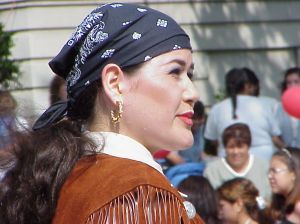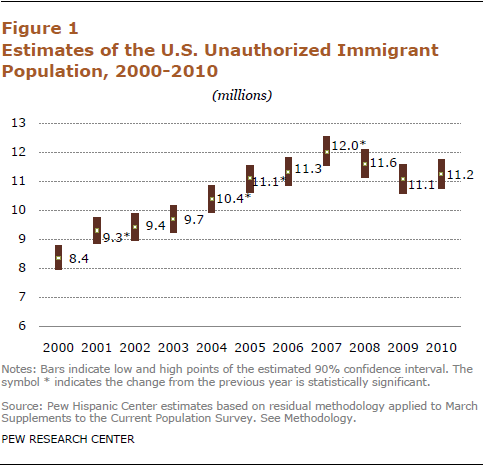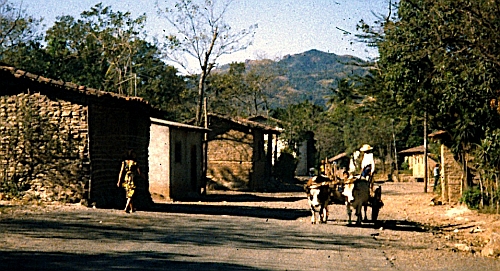Census Preparation Activities Lagging Behind in Philadelphia
Pew Report Examines Census Preparations in Philadelphia and Other Major Cities
A new study from The Pew Charitable Trusts’ Philadelphia Research Initiative finds that Philadelphia is lagging behind other major cities in mounting the kind of local outreach and awareness campaign for the 2010 Census that many experts consider important for achieving a full count.
The study,Preparing for the 2010 Census: How Philadelphia and Other Cities Are Struggling and Why It Matters, looked at the preparations of Philadelphia and 10 other major cities for the 2010 Census. These include the five cities with larger populations than Philadelphia–New York, Los Angeles, Chicago, Houston and Phoenix–and five chosen for their similarities to Philadelphia and their experience in dealing with the Census–Atlanta, Baltimore, Boston, Detroit and Pittsburgh.
The report finds that almost all of the cities studied have less money and fewer staffers for this Census than they did in 2000.
“Census preparation really matters,” said Thomas Ginsberg, project manager of Pew’s Philadelphia Research Initiative. “The outreach efforts are a cross between an election campaign and a municipal self-promotion drive, with very real ramifications that will be felt for the next 10 years.”
Philadelphia officials are planning to announce their local outreach campaign soon. And officials interviewed for the study say they are confident of their ability to catch up and conduct an effective outreach effort. In addition, they have launched the city’s first-ever challenge to the official population estimates the U.S. Census Bureau issues each year. The challenge, if fully accepted by the bureau, would produce a number showing that Philadelphia’s population is now growing after six decades of decline.
Seven of the other 10 cities had appointed or hired Census coordinators by last summer and had launched their citywide coordinating committees by early October. The other three–Boston, Chicago and Detroit–already are lined up to receive considerable financial and organizing support from local and statewide donor networks established specifically for the Census.
Preparingforthe 2010Census lays out what is at stake for cities: Without strong outreach and technical preparation by cities, the Census Bureau may have trouble improving its urban counts over previous Censuses and raising the below-average rate at which residents participate in its official once-a-decade count. That could lead to greater undercounts of certain groups or an entire city, which in turn would affect the population basis on which billions of tax dollars will be distributed over the coming decade and by which legislative seats–federal, state and local–will be allocated in 2011.
The stakes are particularly high in Philadelphia and other big cities that have high concentrations of the hard-to-count groups, including renters, immigrants, African Americans and Hispanics. According to an analysis conducted for the Philadelphia Research Initiative by Temple University statistician Eugene P. Ericksen, the Census Bureau likely undercounted Philadelphia’s population by an estimated 8,326 people a decade ago, or about 0.5 percent. Many of the other cities included in the report had similar or larger estimated undercounts.
About $430 billion in federal funds were distributed to local governments and residents in fiscal 2008, the last year for which such numbers are available, based at least in part on Census data. Analysts at the Brookings Institution say that Philadelphia and its residents received about $2,796 per capita, through Medicaid, housing vouchers, transportation funding and other programs. Due to the ways that the funding formulas work, the amount of money that would be generated by counting additional Philadelphians would be less than $2,796. But how much less is hard to say. It would depend on numerous factors, including the demographic characteristics of the individuals.
Apart from outreach campaigns, the study found that all 11 cities, including Philadelphia, have been participating in the voluntary technical Census Bureau programs that many experts consider more important to achieving a full count. The programs include a massive updating of household addresses, through which the cities submitted more than 1.5 million new or corrected addresses for the bureau to target next spring.
“For Philadelphia, a significant impact of the Census results could be in terms of the city’s psyche and its ability to promote itself. The city would get a lift if the headcount in 2010–or the challenge being launched over the recent population estimates–shows a population gain,” said Ginsberg. The count in 2000 was 1,517,550, and the most recent estimate was 1,447,395. The city’s challenge contends the recent figure should have been 1,536,171, higher than either previous figure. The Census Bureau is expected to rule on the city’s figure by the end of 2009. Pew’s research found that many cities have no plans to appropriate any public funds specifically for Census preparations; this is the case in Philadelphia, Atlanta, Boston, Chicago, Detroit and Pittsburgh, although all of those cities, including Philadelphia, expect to make use of existing staff and resources with some staff help from the Census Bureau. A decade ago, the city put in $200,000 and received $165,000 in philanthropic donations.
The shortfalls are leading many cities to rely on unpaid volunteers and grassroots organizing even more than in the past. City officials in Philadelphia are still hoping to receive funds from private sources. The William Penn Foundation has committed $12,350 for data analysis; city and Census Bureau officials held an initial briefing with other potential local funders in late September.
About the Report
To prepare this report, Thomas Ginsberg, project manager of Pew’s Philadelphia Research Initiative, studied numerous reports about the Census and talked to officials at the Census Bureau, independent experts and officials in Philadelphia and the 10 other cities. The report includes independent work done by Eugene P. Ericksen of Temple University, a nationally-recognized expert in assessing the accuracy of the Census, and by the Brookings Institution.
About The PhiladelphiaResearch Initiative
The Philadelphia Research Initiative was created by Pew in fall 2008 to study critical issues facing Philadelphia and provide impartial research and analysis for the benefit of decision makers, thenews media and the public. The initiative conducts public opinion polling, produces in–depth reports, and publishes briefs that illuminate front–and-center issues.
AboutPew
The Pew Charitable Trusts (www.pewtrusts.org) is driven by the power of knowledge tosolve today’s most challenging problems. Pew applies a rigorous, analytical approach to improve public policy, inform the public and stimulate civic life. We partner with a diverse range of donors, public and private organizations and concerned citizens who share our commitment to fact–based solutions and goal–driven investments to improve society.
SOURCE Pew Charitable Trusts








